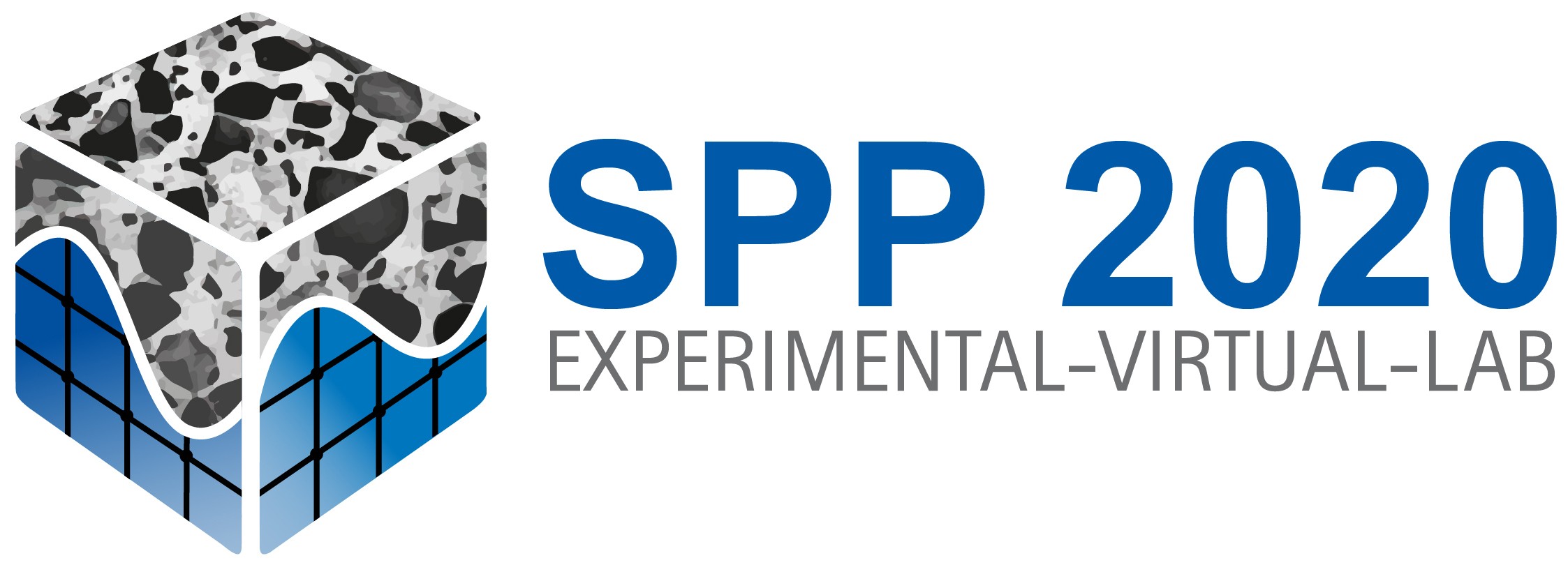Co-Applicants
Project description
Fatigue of concrete is characterized by the degradation of the mortar matrix due to microcracking. The aim of this project is, on the one hand, to investigate the nucleation and evolution of these microcracks in high-strength concrete, differentiating between microcracking in the cement paste and in the boundary zone of the aggregates. On the other hand, it will be investigated, whether and to what extent the formation of these microcracks can be affected by fine fibres (microfibres, carbon fibres).
In the first funding period, experimental and numerical studies were performed with focus on the bond behavior between microfibres and the high-strength mortar matrix and on the damage evolution in cement paste and high-strength concrete, respectively. The mechanisms for cyclic crack opening and closing were also described using a computational model. Previous studies have shown, that the analysis of structural changes due to cyclic loading in cement paste at the CSH level and in high-strength concrete at the mesoscale level as well as their interactions still leave questions unanswered.
These will be investigated numerically and experimentally in project line A in the second funding period. The effectiveness of different nano and micro fibres with regard to fatigue behavior is investigated in project line B both on hardened cement paste and on high-strength concretes. In addition to the micro steel fibres and carbon fibres already used in the first funding period, carbon nanotubes will also be included here as well. Due to their different sizes, it is expected that different crack-bridging mechanisms of carbon and micro steel fibers will be observed under highly cyclic loading. The focus of project line C is the transition from the material (micro- and meso-) scales to the macro-scale, i.e. the structural level, based on the models developed in project lines A and B.
